On the face of it, rally cars – from the Mk1 Ford Escort of the 1970s to the latest 2022 Ford Puma hybrid Rally1 – have always looked more or less the same as their road-going equivalents: an essential part of the visceral (and marketing) appeal of the sport.
But the reality is that every era has been very different: starting from cars that were almost identical to standard road cars in the very early days and moving onto beasts that were equipped with gadgets such as active suspension at the height of the technological arms race.
Today, a fascinating blend of philosophies has been mixed with the latest rules, which incorporate some elements of Group B, some elements of Group A and which also owe a lot to the World Rally Car era – the most recent iteration of WRC regulations, which endured for the past 25 years under various different guises.
First, a brief history lesson. Rally cars were largely based on production models until the Group B era was announced in 1982. This essentially allowed manufacturers to build rocketships, but the cars were too powerful for their own good and ended up getting banned at the end of 1986 following some fatal accidents.
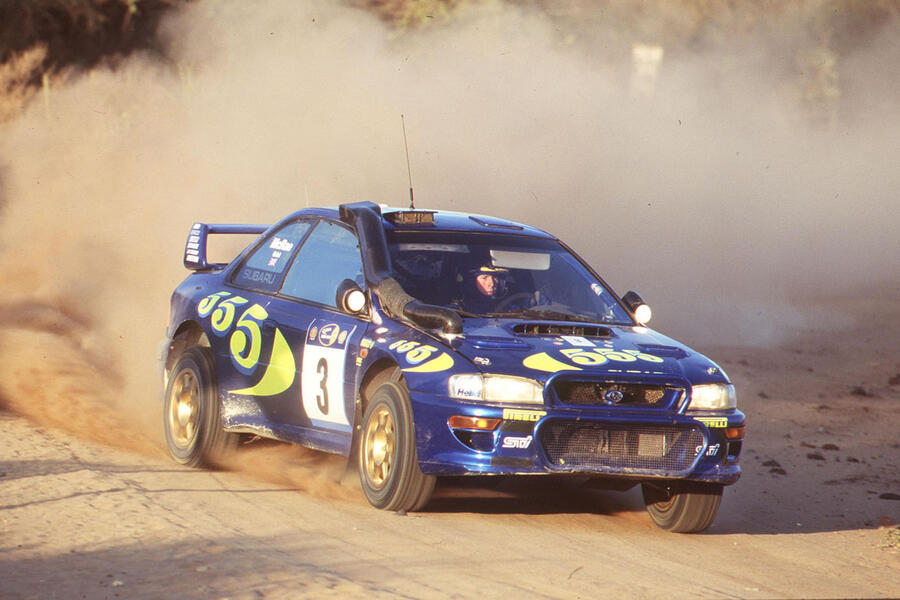
The reaction was Group A, which was slower and much more road-based. As a result, it was pretty restrictive, because if you didn’t have a turbocharged four-wheel-drive road car in your showroom range, you couldn’t go rallying in the top class. And so the World Rally Car rules were brought in from 1997 up to last year, which essentially allowed teams to match a four-wheel-drive turbo drivetrain to existing production bodyshells. These World Rally Car rules were gradually evolved to the point that last year, we ended up with the fastest rally cars ever made.
Or were they? Everyone said that the new generation of 2022 Rally1 cars would be slower. In fact, with four rallies down, the pace is very similar: in some places a bit slower (the twistier events, or slippery gravel ones, are where the old WRC cars are faster thanks to being lighter and with trick diffs), in some places a bit faster (fast, flat-out roads like in Finland and Estonia), but on average about the same. And this is right at the beginning of the development cycle.

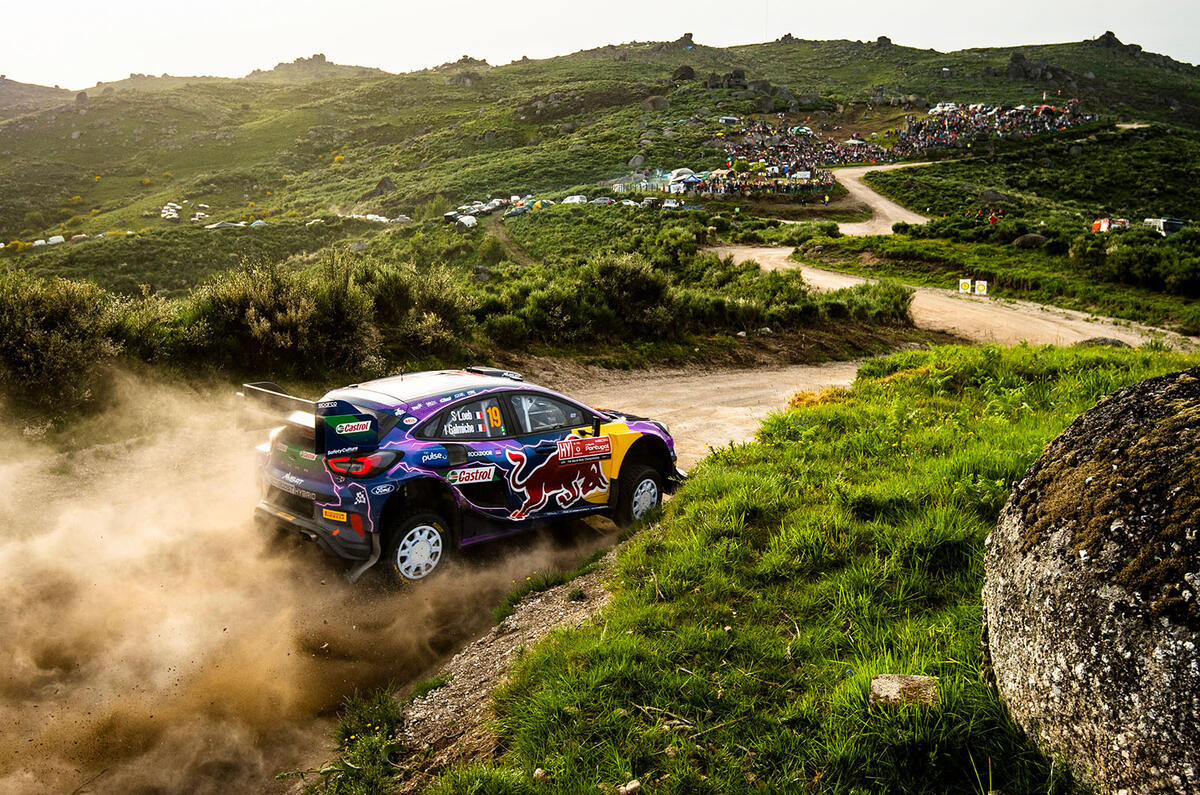

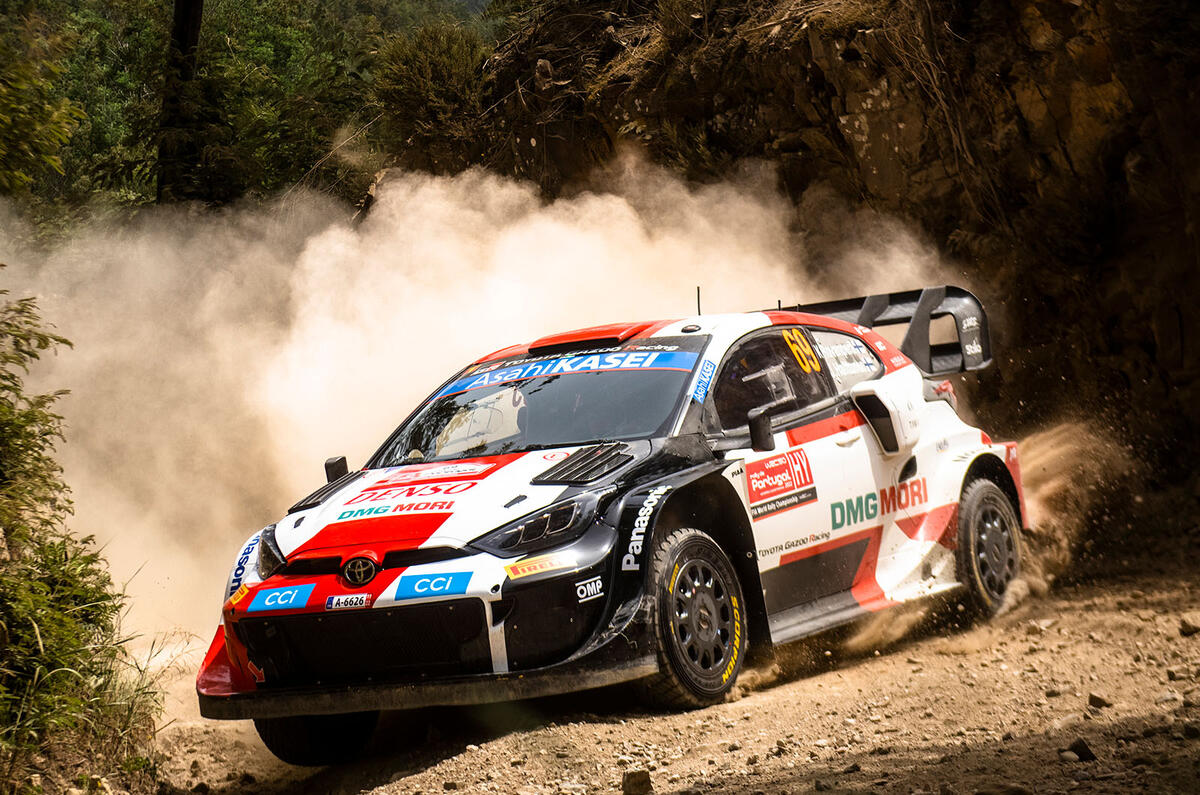



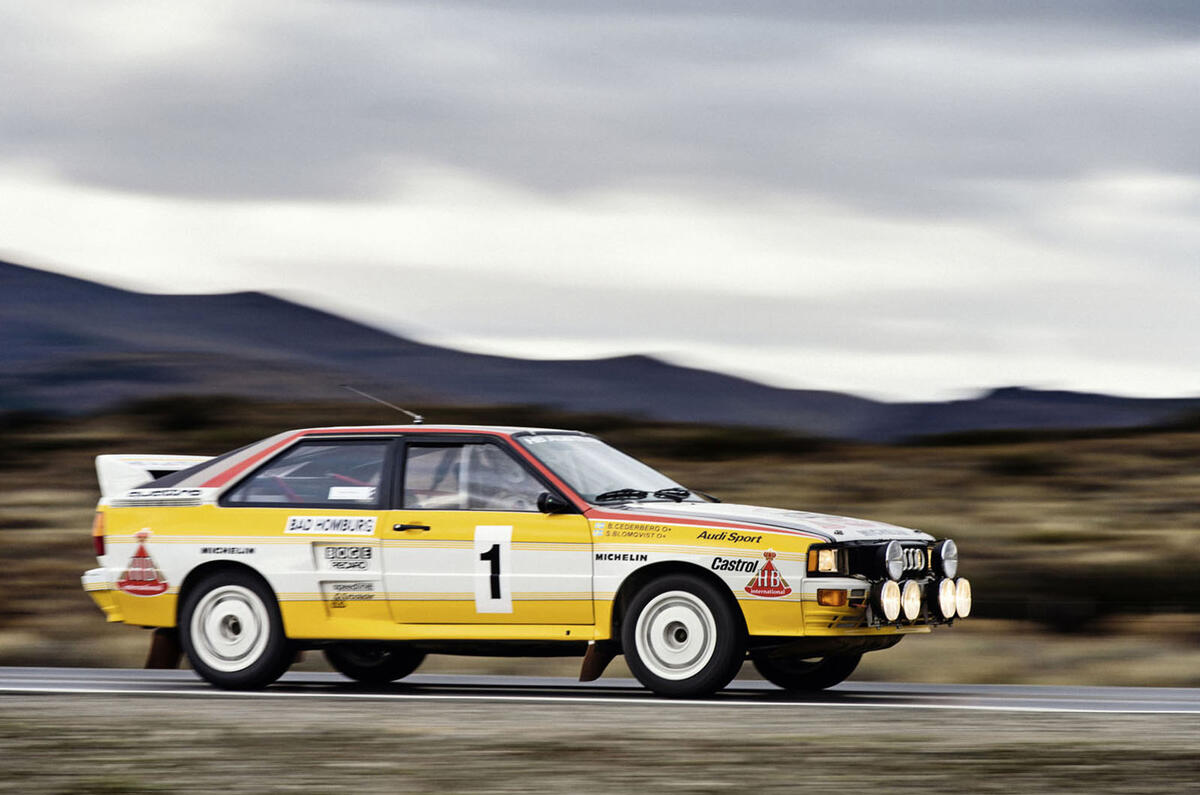

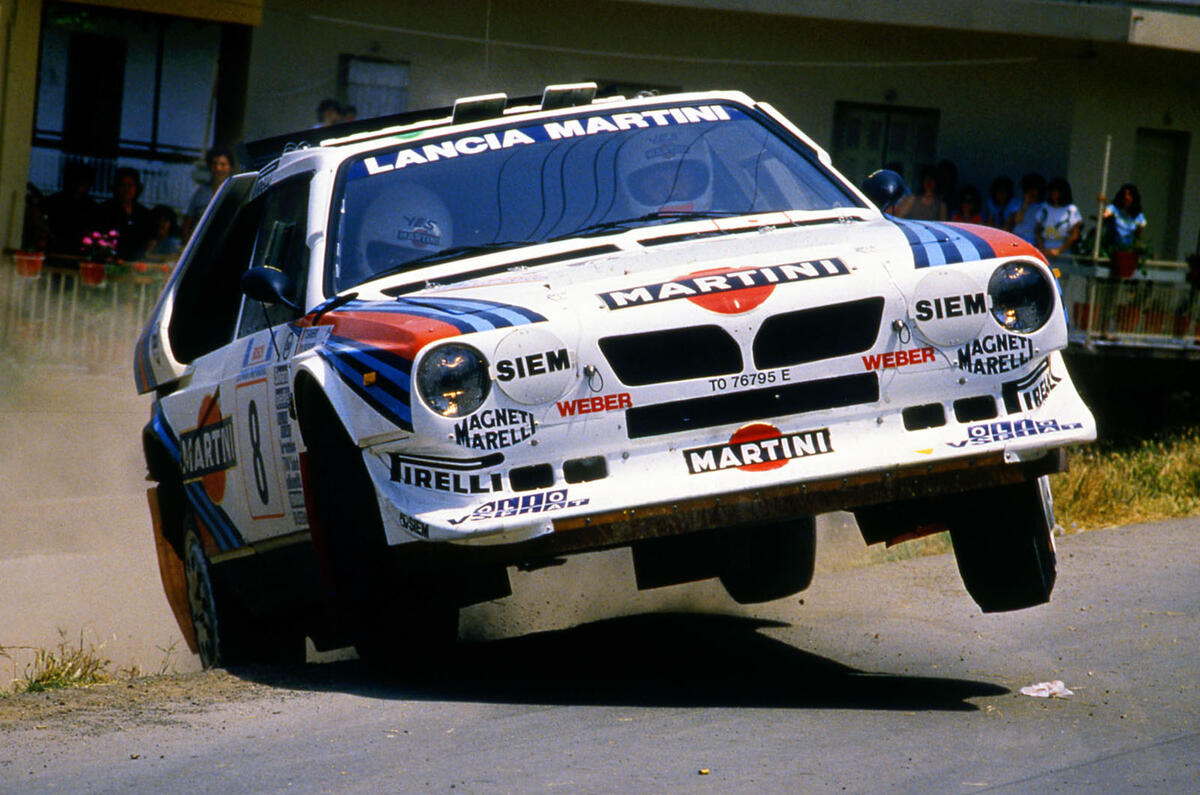
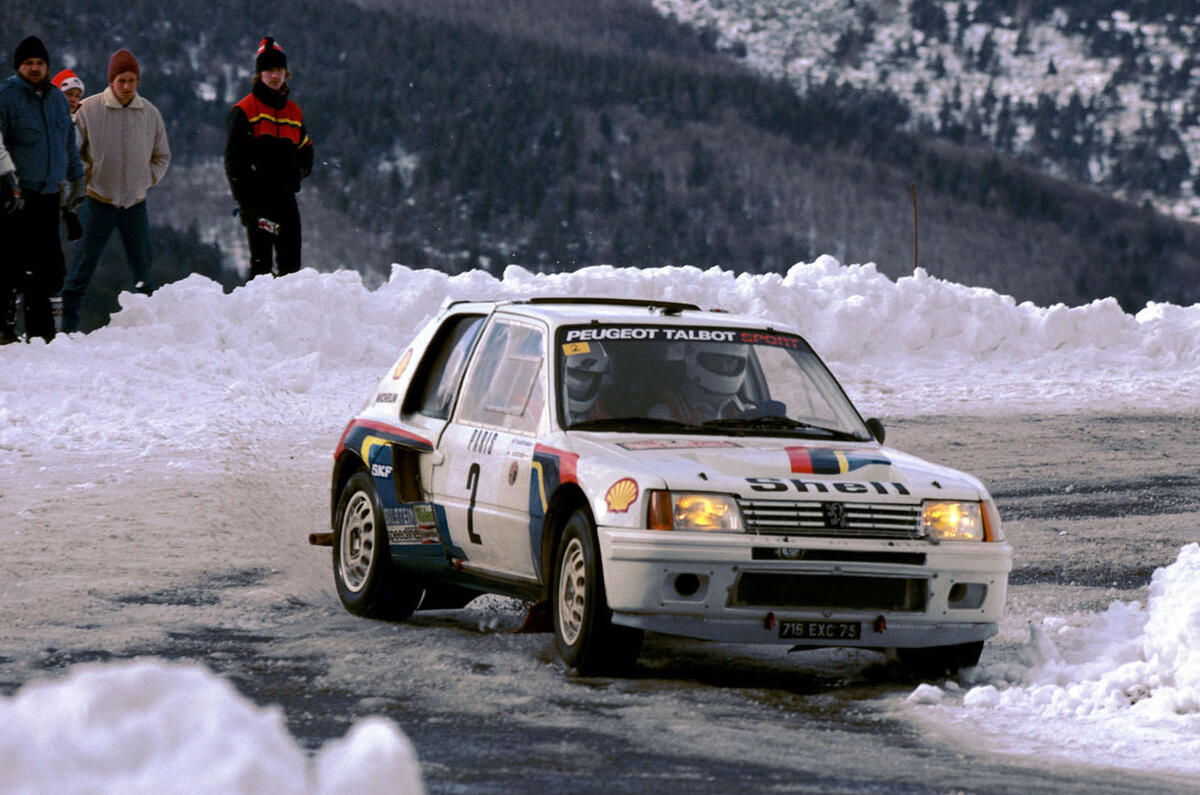
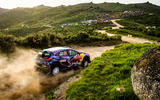










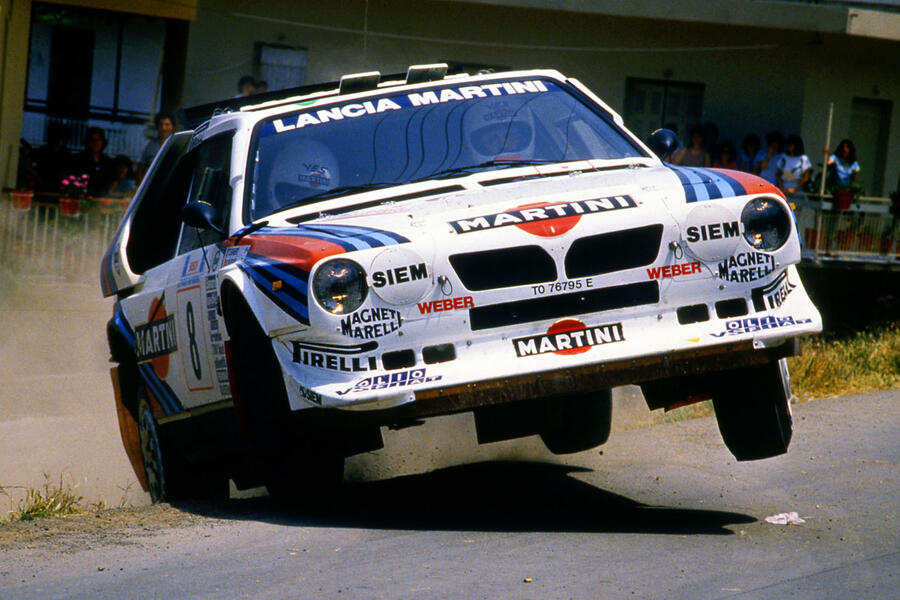
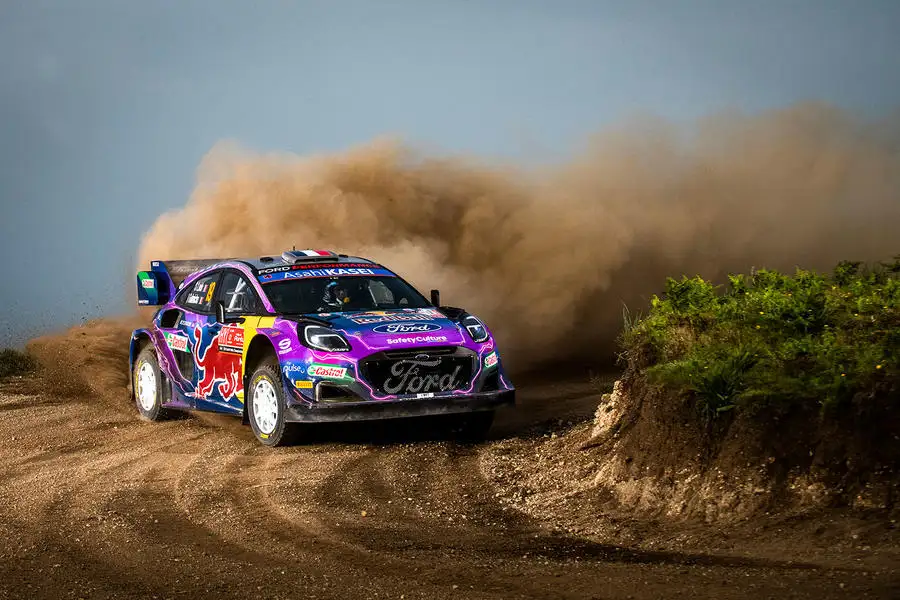


Add your comment